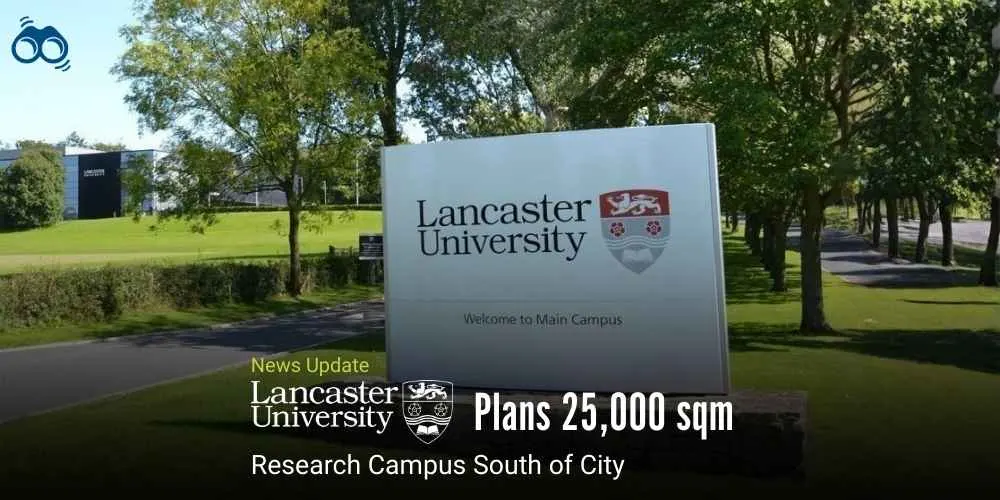Demographic Shifts Could Ease Pressure on Australian Universities' Finances, Experts Say
Consultancy Report Highlights Strain on Australian Universities' Budgets
In recent years, the financial landscape of Australian higher education has experienced a significant shift. According to a comprehensive analysis by Times Higher Education, the cost of educating university students in Australia has surged by over one-fifth within just four years.
Despite a notable 5% decline in student enrolments on a full-time equivalent basis, public universities have witnessed their expenses escalate by 16% from 2019 to 2023. Consequently, the average cost of educating a student has risen from A$33,814 (£16,939) before the pandemic to a staggering A$41,126 in 2023. This substantial increase underscores the growing financial challenges faced by Australian universities in maintaining the quality of education amidst changing economic dynamics.
By the end of 2023-24 of the 38 publicly funded universities were in deficit. Analyst Andrew Norton, now a professor at Monash University, suggested that administrators would likely continue reducing staff, focusing on less costly and conflictual cuts, such as those with expired contracts. However, he warned that this approach could misalign staff with the universities' broader goals. Consultancy KordaMentha found that between 2018 and 2022, the sector's "cost to serve" increased by 22%. In its report, it noted that universities were under significant pressure on both revenue and costs and suggested that the option of increasing revenue from international students might soon be unavailable.
The report highlighted a decline in domestic demand since 2021, worsened by students dropping subjects for paid work and a sharp drop in overseas enrolments during COVID-19. By 2023, student load was lower than in 2019 at most public universities. Meanwhile, inflation drove up costs, with staff expenses rising by 14% and other costs like security, travel, and marketing increasing by 16%. Additionally, compliance obligations, new delivery models, consultant use, rising executive salaries, and post-Covid hiring sprees further increased expenses.
The sector’s financial pressures were also intensified by the federal government’s crackdown on international enrolments last year and a series of salary increases, as universities had agreed to wage rises higher than those in other industries. A demographic surge in school leaver numbers could boost domestic enrolments, and falling inflation might ease cost pressures on universities and allow financially strained students to take on more subjects. However, Norton was dubious, noting that rising prices had increased the "underlying cost structure" for students. He did acknowledge that an influx of school leavers could raise the average study load, as younger students typically enrolled in more subjects.
Norton predicted continued declines in enrolments in "niche" areas like languages, as well as fields such as business, economics, marketing, accounting, communications, and media studies. He explained that domestic enrolments in these areas had already been falling before the Job-ready Graduates reforms increased fees for most humanities subjects. Ultimately, Australian universities are facing significant financial challenges, with rising costs, declining enrolments in certain fields, and increasing pressure from both domestic and international factors.
Editor's Note:
The financial situation of higher education in Australia is changing, creating challenges for universities across the country. This highlights the difficulties public universities face as they deal with higher costs and changes in student enrolments. The data shows that universities need to plan carefully and come up with creative solutions to keep providing quality education while facing these challenges. Readers are encouraged to think about how these changes might impact the future of education in Australia and what can be done to solve these problems.
Skoobuzz believes that universities must adopt innovative approaches to funding and adapt to the evolving demands of students to remain sustainable and continue offering high-quality education.














0 Comments (Please Login To Continue)